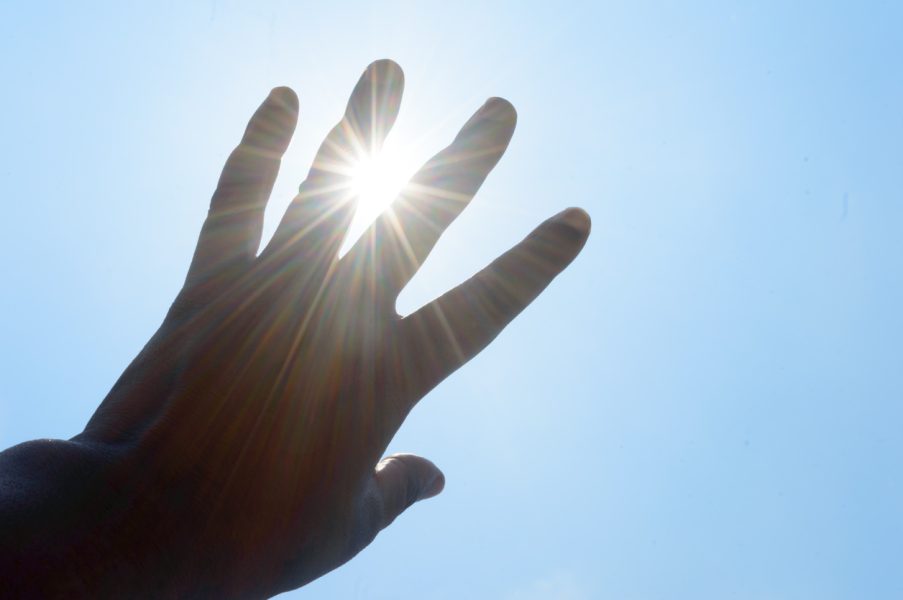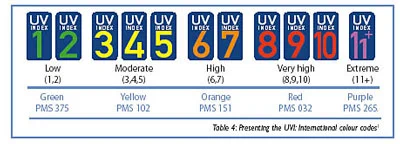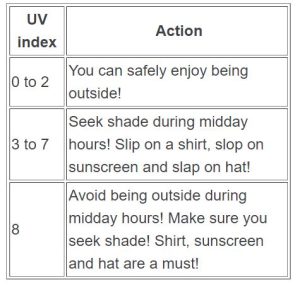
Karnataka reports extreme UV index; here's why oncologists are worried

As heatwave conditions are prevailing across India, there are concerns in Karnataka over the high UV Index that can damage the skin and eyes.
In all, 27 of 31 districts of Karnataka, including Bengaluru, are showing UV (ultraviolet) Index readings of 12, which is considered “extreme”. The UV Index for Dharwad, Kolar, Koppal and Raichur are 13 and for Yadagiri it is 12.5, according to a report in The New Indian Express.
Also read: Heatwave to abate, thundershowers likely in Tamil Nadu, central India
Only in Ramanagara, it is 11, but experts said even there it hits 12 in some parts of the day. Oncologists are pleading with climate change experts, politicians and the public to take note of the increasing UV Index.
According to the London-based website WeatherOnline, the UV Index of 12 is set to stay in Bengaluru till next Wednesday (May 11).
“We only look at how the weather is, but don’t talk about the UV Index. Skin cancers were rare in tropical countries like ours. But now, we are definitely seeing an increase due to high UV exposure,” Dr US Vishal Rao, Dean, HCG Cancer Research Centre and Hospital, was quoted as saying in the report.
Also read: Heatwave likely to abate over Delhi and other states
“Skin cancers in India used to be rare as higher levels of melanin pigment in our skin mitigates the impact of UV rays. But now skin cancers are on the rise,” Dr Narayana Subramaniam, Consultant and HOD, Head and Neck Oncology, Shankara Hospital, said.
What is UV Index?
The ultraviolet index (UVI) is a measure of the level of UV radiation. The values of the index range from 0 upward – the higher the UVI, the greater the potential for damage to the skin and eye, and the less time it takes for harm to occur, according to the World Health Organization (WHO).

The levels of UV radiation and therefore the values of the index vary throughout the day. In reporting the UVI, most emphasis is placed on the maximum UV level on a given day. This occurs during the four-hour period around solar noon. Depending on geographical location and whether daylight saving time is applied, solar noon takes place between noon and 2 pm, according to the WHO.
“A marked increase in the incidence of skin cancer in fair-skinned populations worldwide is strongly associated with excessive UV radiation exposure from the sun and possibly artificial sources such as sunbeds. Current evidence indicates that personal habits in relation to sun exposure constitute the most important individual risk factor for UV radiation damage,” the WHO says.
Three types of UV radiation
As per WHO, the UV radiation spectrum is divided into three regions called UVA, UVB and UVC. As sunlight passes through the atmosphere, all UVC and most UVB is absorbed by ozone, water vapour, oxygen and carbon dioxide. UVA is not filtered as significantly by the atmosphere.
“The three types of UV radiation are classified according to their wavelength. They differ in their biological activity and the extent to which they can penetrate the skin. The shorter the wavelength, the more harmful the UV radiation. However, shorter wavelength UV radiation is less able to penetrate the skin. The UV region covers the wavelength range 100-400 nm and is divided into three bands: UVA (315-400 nm), UVB (280-315 nm) and UVC (100-280 nm),” the WHO said.

Short-wavelength UVC is the most damaging type of UV radiation. However, it is completely filtered by the atmosphere and does not reach the earth’s surface. Medium-wavelength UVB is very biologically active but cannot penetrate beyond the superficial skin layers. It is responsible for delayed tanning and burning; in addition to these short-term effects it enhances skin ageing and significantly promotes the development of skin cancer. Most solar UVB is filtered by the atmosphere.
The relatively long-wavelength UVA accounts for approximately 95% of the UV radiation reaching the Earth’s surface. It can penetrate into the deeper layers of the skin and is responsible for the immediate tanning effect. Furthermore, it also contributes to skin ageing and wrinkling. For a long time it was thought that UVA could not cause any lasting damage. Recent studies strongly suggest that it may also enhance the development of skin cancers, the WHO says.
On the timing and damages it can cause, Dr Abhiram R, Consultant Dermatologist, Vasavi Hospital, told the newspaper, “UV-A and UV-B peak between 11.30 am and 1.30 pm and it is the highest between March and October. Short-term damage to the skin can be sunburn and suntan. This can later change to pigmentation. Long-term causes can be photo-ageing and photo-carcinogen, leading to risks of skin cancer.”
For physical protection, people can use umbrellas, eyeshades, brim hats etc, sunscreens with SPF 30 to 50. One should apply sunscreen 20-30 minutes before going into the sun, and keep applying it once every two to three hours, he said.


